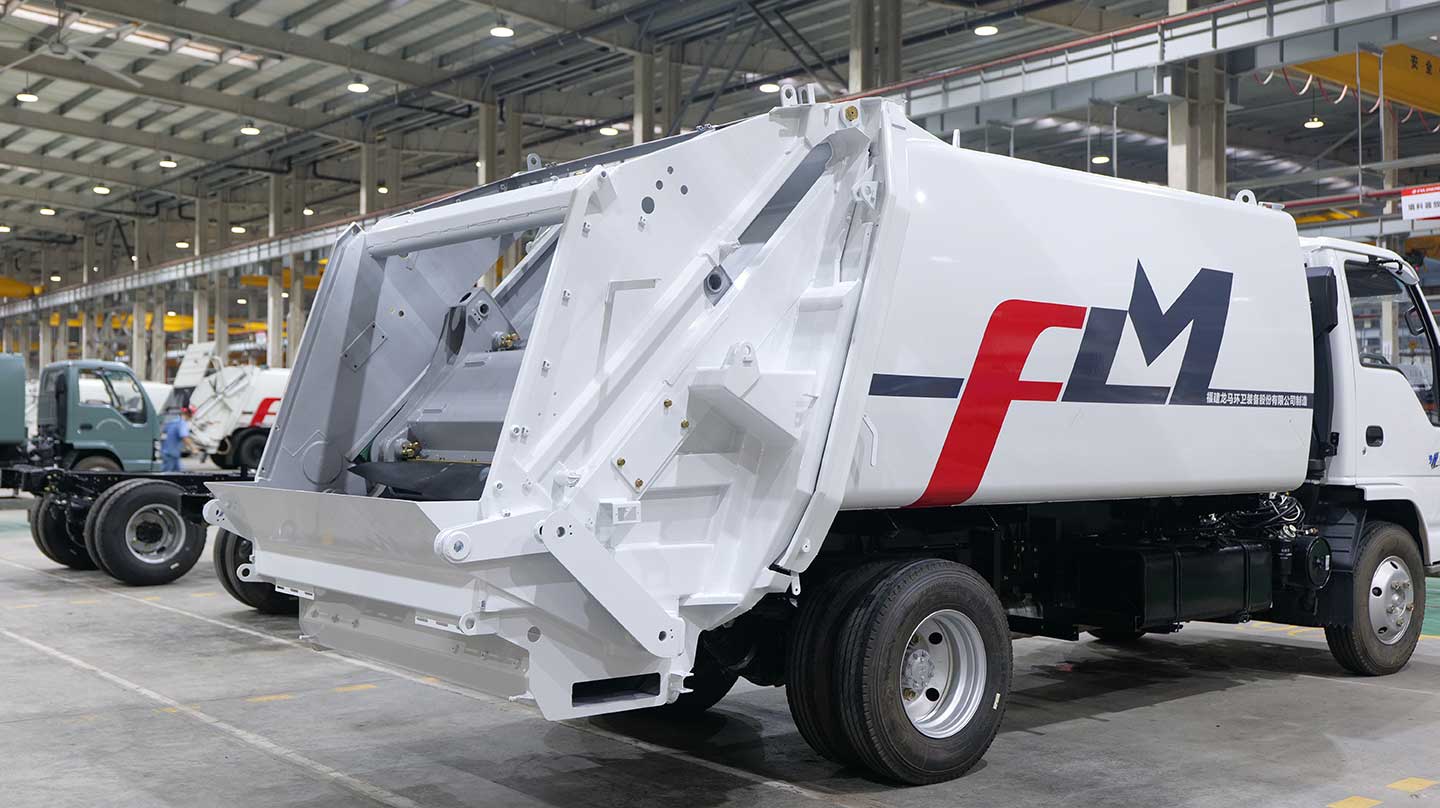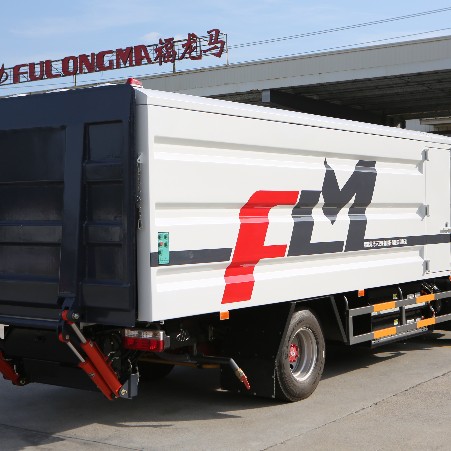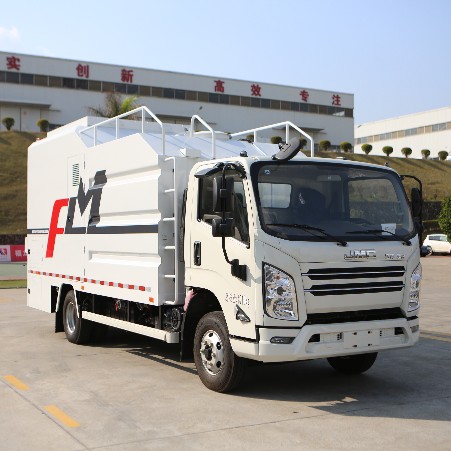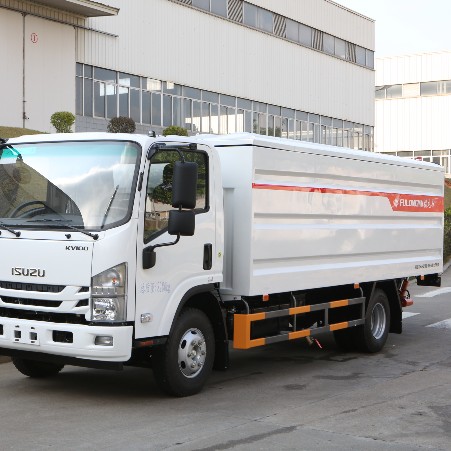In the bustling landscape of city planning, urban aesthetics often play a pivotal yet overlooked role. Picture-perfect streetscapes, tidy sidewalks, and pristine parks aren’t just for the sake of visual appeal, they significantly impact community well-being, fostering a sense of pride, safety, and belonging among residents. Amidst the myriad of elements contributing to urban aesthetics, one unsung hero stands out: the humble dustbin cleaning truck.
What are Dustbin Cleaning Trucks?
Dustbin cleaning trucks are specialized vehicles equipped with hydraulic mechanisms designed to collect and transport waste. They come in various sizes and capacities to cater to different urban needs, from narrow alleyways to broad avenues.
Dustbin Cleaning Trucks Historical Context
The inception of dustbin cleaning trucks dates back to the early 20th century, evolving from basic wagons to the sophisticated, eco-friendly powerhouses we see today. They symbolize our progress in waste management and environmental responsibility.

How do Dustbin Cleaning Trucks Work?
These trucks operate through a combination of mechanical and hydraulic systems. A standard truck has a lifting mechanism that hoists the bin, empties its contents into the hopper, and then compacts the waste to maximize space efficiency.
Dustbin Cleaning Trucks Safety
Safety is paramount in the operation of dustbin cleaning trucks. These vehicles are equipped with advanced safety features, including backup cameras, proximity sensors, and audible alarms, to prevent accidents and ensure the well-being of both operators and pedestrians. Additionally, stringent training protocols are in place to ensure that operators adhere to best practices in waste collection and disposal.
The Benefits of Dustbin Cleaning Trucks
- Sanitation: They keep our streets clean and hygienic.
- Aesthetics: By removing waste, they contribute significantly to the visual appeal of our cities.
- Efficiency: They streamline the process of waste collection and disposal.
- Environmental Impact: Modern trucks are designed to be more eco-friendly, reducing the carbon footprint of waste management.
FAQs
How often do dustbin cleaning trucks operate in a city?
The frequency of dustbin cleaning truck operations varies depending on the city’s size and the specific waste management policies in place. Typically, residential areas are serviced once a week, while commercial areas may see more frequent collection.
Can dustbin cleaning trucks recycle the waste they collect?
Some dustbin cleaning trucks are designated for recyclable materials and transport them to recycling facilities. However, it’s the separation at the source that determines whether the waste can be recycled, not the truck itself.
Are dustbin cleaning trucks responsible for street cleaning?
While dustbin cleaning trucks are primarily for waste collection, some cities have integrated vehicles that combine waste collection with street sweeping functions.
What happens to the waste after it’s collected by dustbin cleaning trucks?
After collection, the waste is transported to waste treatment facilities, where it can be sorted, recycled, composted, or, as a last resort, sent to landfills.
How can citizens contribute to the efficiency of dustbin cleaning trucks?
Citizens can contribute by properly sorting their waste, following local guidelines for waste disposal, and ensuring that bins are accessible and not overfilled, which can prevent spills and speed up the collection process.






